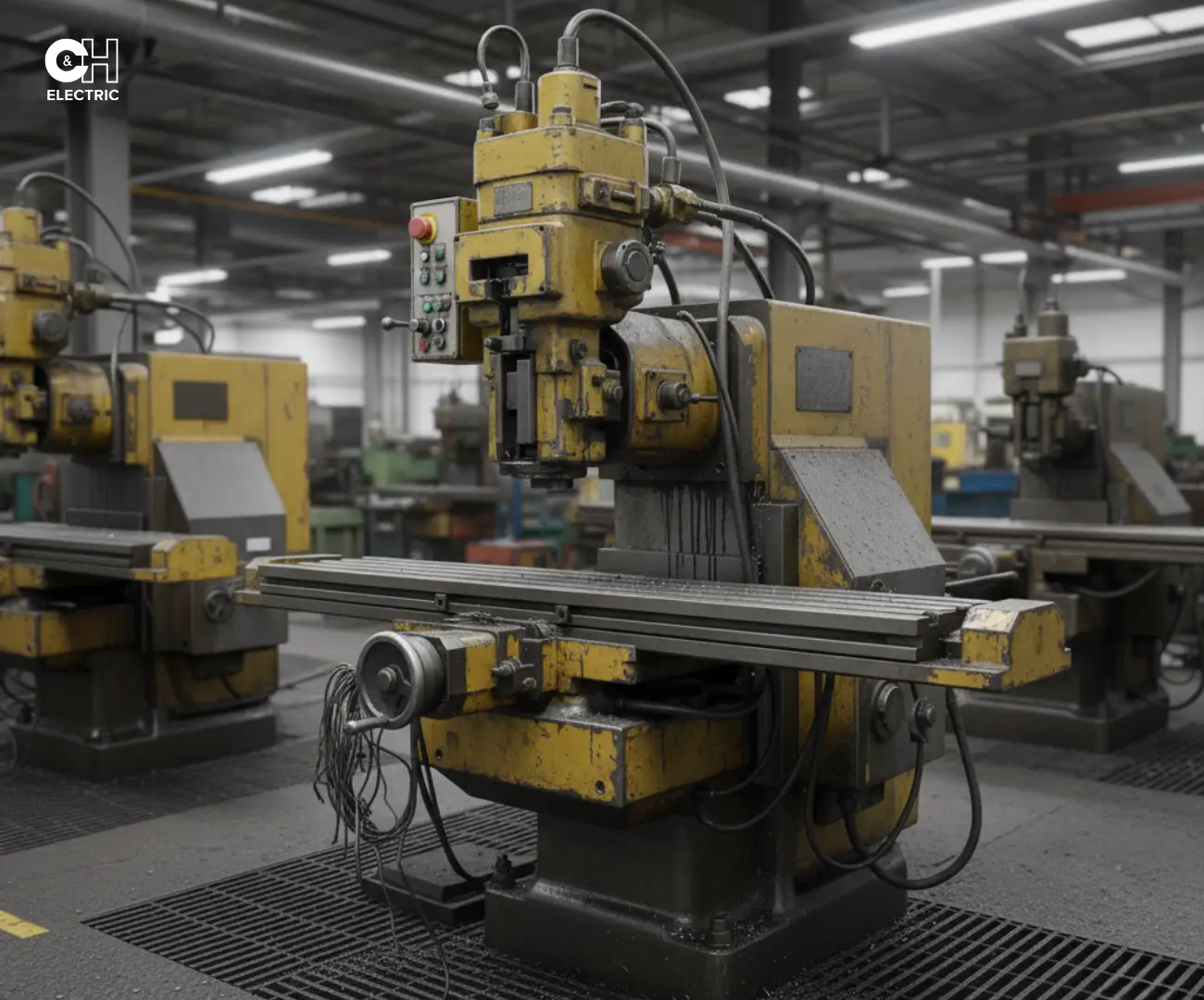
Not every piece of equipment in your facility needs constant maintenance — but deciding which ones can safely run until they fail is where the challenge begins.
Run to Failure (RTF) maintenance, often called reactive maintenance, is the practice of letting equipment operate until it breaks, then repairing or replacing it. While it sounds simple — and sometimes even cost-effective — RTF can become expensive, unsafe, or non-compliant when applied incorrectly.
Let’s look at when it makes sense, when it doesn’t, and how to strike the right balance between cost and reliability.
A Run to Failure strategy is a deliberate maintenance choice, not neglect. It’s a calculated decision to allow non-critical, low-cost equipment to operate until it fails — because the cost or effort to prevent that failure would be higher than the impact of fixing it.
RTF is one of four common maintenance strategies:
- Reactive (Run to Failure) – Fix after failure.
- Preventive – Service at regular intervals.
- Predictive – Use condition monitoring to anticipate failures.
Run to Failure doesn’t mean ignoring maintenance — it means making an informed decision about which assets can safely fail.
RTF can be effective in certain situations — primarily where failure won’t disrupt operations, create safety hazards, or violate compliance requirements.
It’s suitable for:
- Low-cost, non-critical assets (e.g., small exhaust fans, non-essential pumps, basic lighting).
- Equipment with redundancy or easily accessible backups.
- Short-life-cycle components that are quick to replace.
Facilities that adopt RTF for minor systems often save time and labor without compromising performance — but only when the risks are clearly understood.
When failure won’t harm people, disrupt operations, or cause secondary damage — RTF may be acceptable.
The main problem with RTF is that it’s often used as a default strategy, not a calculated one. When critical systems are left to fail, the consequences can be significant.
Hidden costs include:
- Emergency repair expenses
- Unplanned downtime and lost production
- Overtime labor and expedited parts
- Safety hazards or potential OSHA violations
- Secondary damage to connected systems
According to IEEE and DOE data, unplanned failures can cost 4–15× more than planned maintenance — turning a perceived short-term saving into a long-term financial burden.
The release of NFPA 70B (2023) changed the game for maintenance programs. What was once considered “recommended” is now “mandatory”, requiring facilities to implement and document a formal Electrical Maintenance Program (EMP).
Under this standard, relying solely on reactive maintenance no longer satisfies compliance. Facilities must conduct equipment condition assessments and establish maintenance intervals based on asset criticality and safety risks.
Additionally:
- NFPA 70E ensures worker safety during failure response and maintenance.
- OSHA 1910.303 and 1910.305 mandate proper maintenance of electrical installations.
An effective maintenance program blends multiple strategies to match each asset’s criticality.
A balanced approach looks like this:
- Run to Failure: For minor, non-critical, low-cost equipment.
- Preventive Maintenance: For compliance-driven or essential systems.
- Predictive Maintenance: For high-value or mission-critical assets like switchgear, generators, and transformers.
By categorizing assets properly, facilities can control costs while reducing risks and maintaining compliance.
At C&H Electric, we help facility managers across Connecticut build smarter, safer, and more compliant maintenance programs.
Our services include:
- Equipment Condition Assessments per NFPA 70B (2023)
- Predictive Maintenance Testing (Infrared Thermography, Ultrasonic, Voltage & Current Analysis)
- Preventive Maintenance Programs tailored for electrical systems
- Electrical Safety Training under NFPA 70E
- Custom Maintenance Scheduling aligned with asset criticality
Our goal is to help facilities shift away from “fix it when it breaks” toward a strategy that prevents failures before they happen.
C&H Electric helps you move from reacting to predicting — protecting both uptime and compliance.
Build a Smarter Maintenance Strategy
The best strategy is one that balances efficiency, safety, and compliance while keeping your facility running at peak performance.
Partner with C&H Electric to develop a data-driven, standards-compliant maintenance plan that fits your facility’s needs and prevents costly surprises.